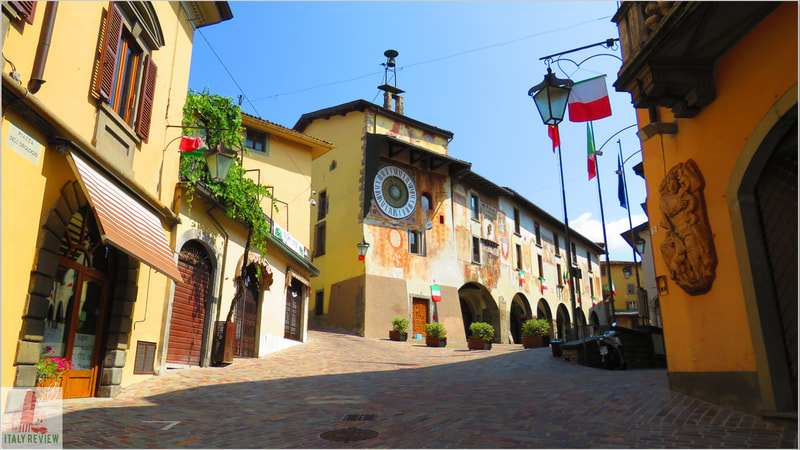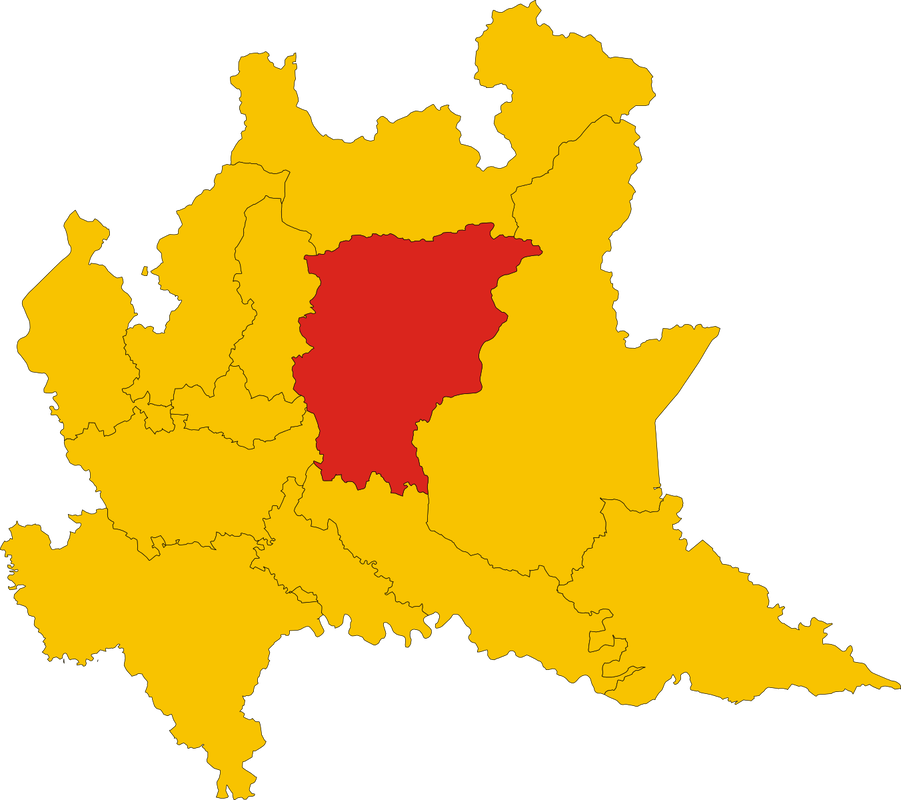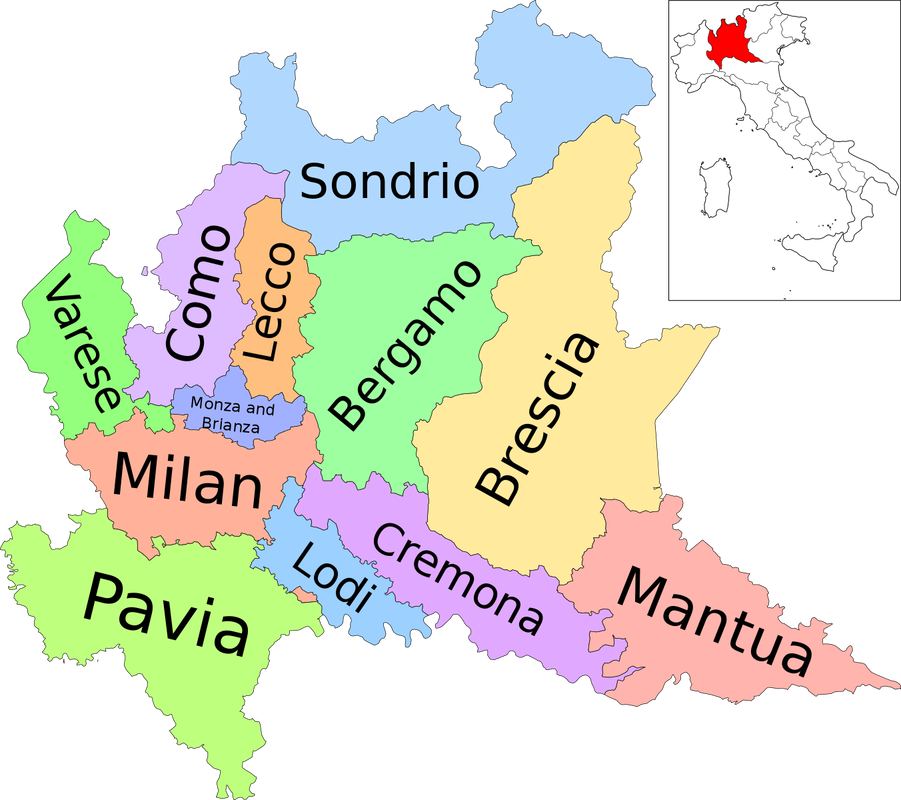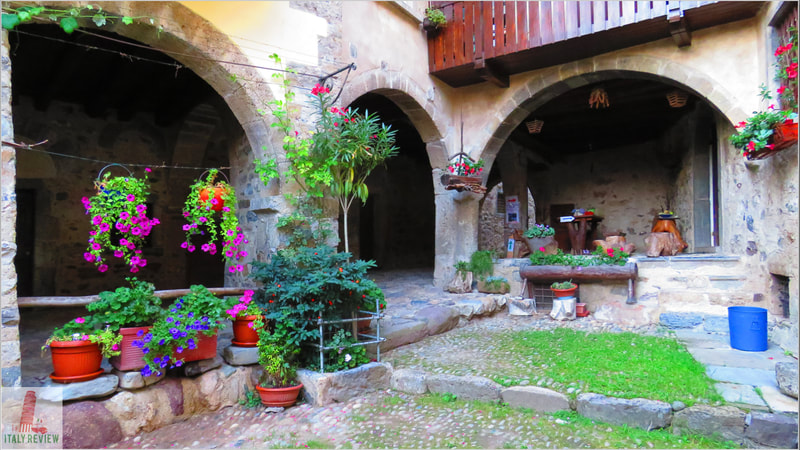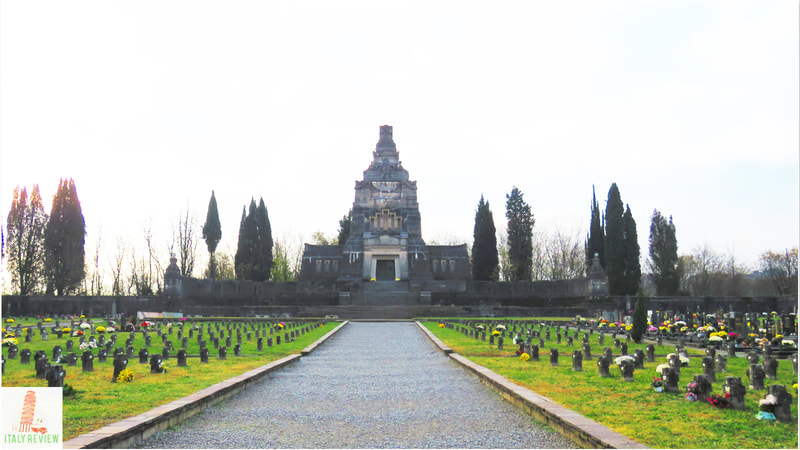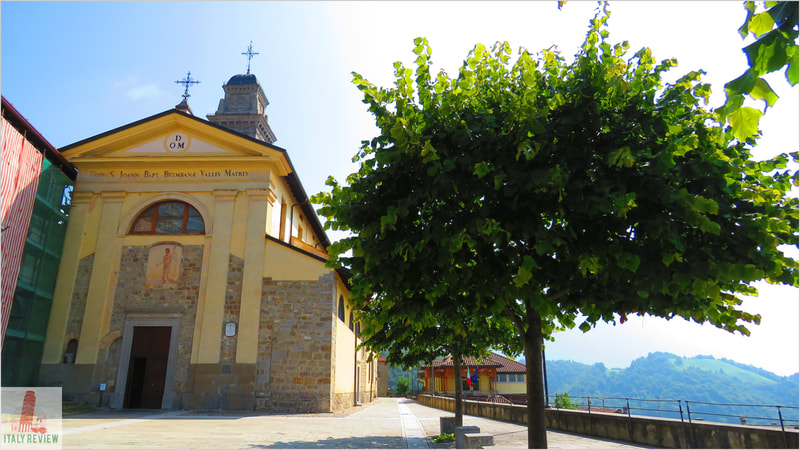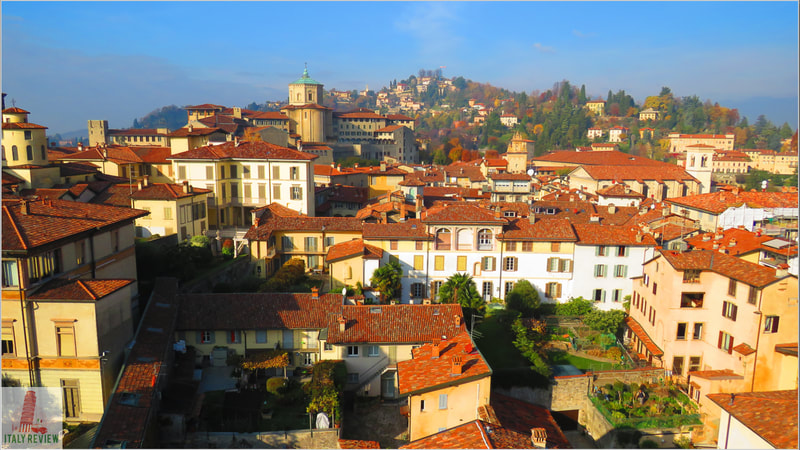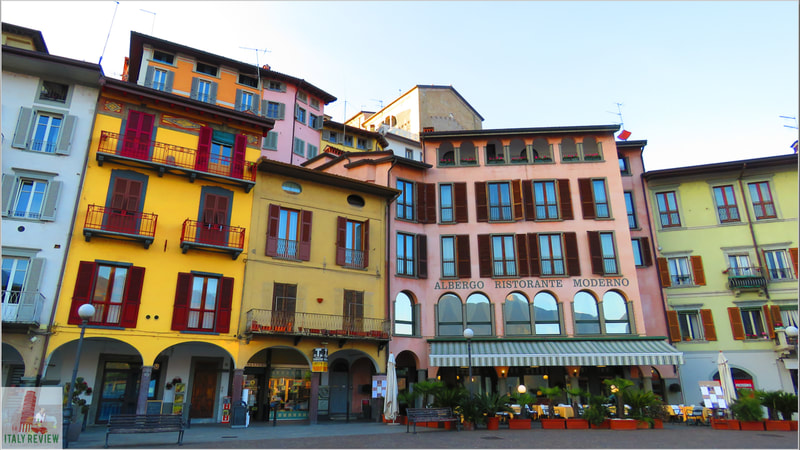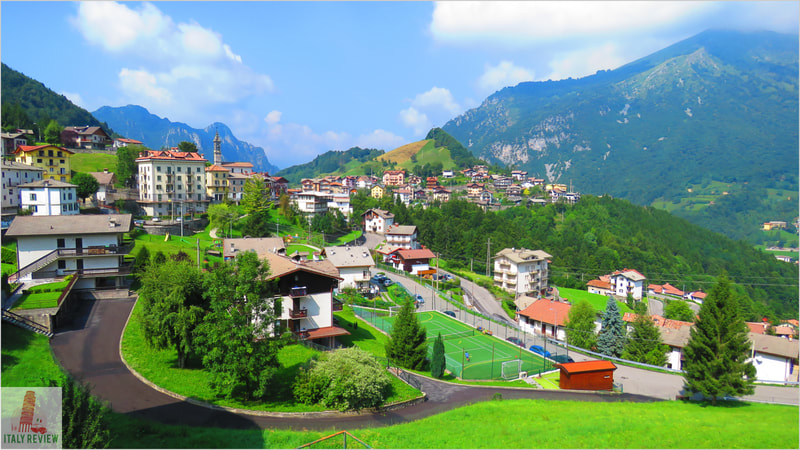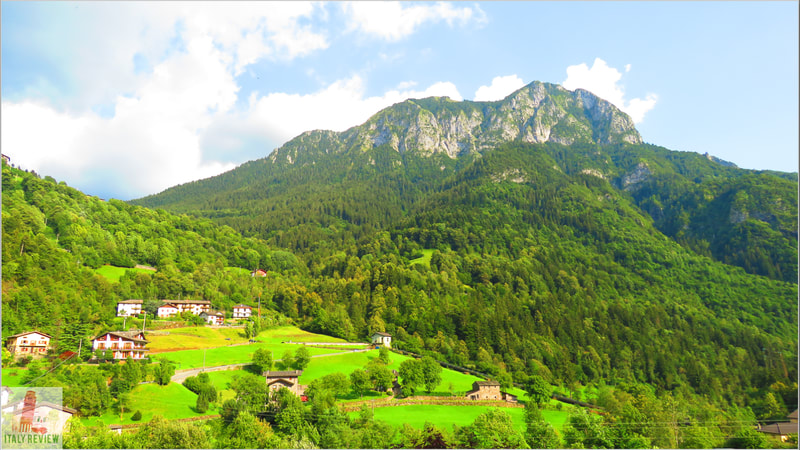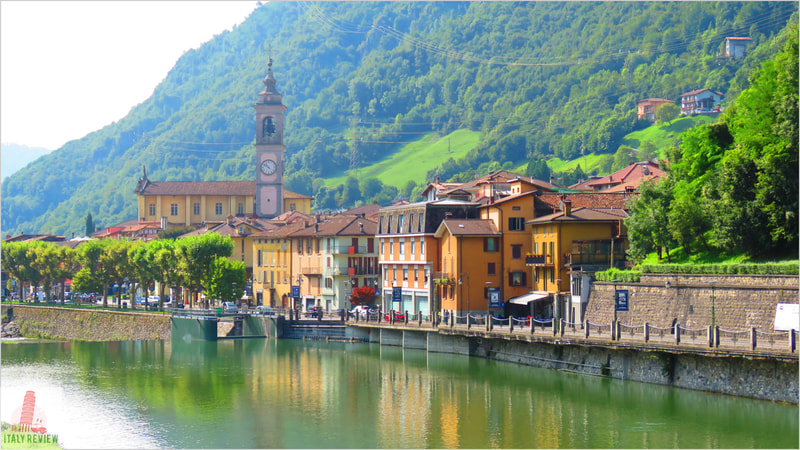Bergamo Province
|
By Dion Protani
|
Latest update: 18 November 2023
|
|
The Bergamo Province of Lombardy occupies an area of 2,722 square kilometres including the provincial capital: Bergamo.
Within the province there are 244 provincial towns, which contain a total population of around 1.1 million inhabitants. Among the highlights of the province are Lake Iseo, Clusone, San Pellegrino Terme, Gromo and the Parco delle Orobie Bergamasche. |
Further locations of note within Bergamo Province are the town of Lovere which lies on the northern shore of Lake Iseo, and the UNESCO World Heritage Site of Crespi d'Adda. Within the Parco delle Orobie Bergamasche there are some interesting villages such as Oltre il Colle and Dossena, with the tiny village of Cornello dei Tasso lying just beyond the park's confines.
The Orange Flag town of Almenno San Bartolomeo lies much closer to Bergamo, just across the River Brembo to the west of the city. The River Adda also flows partially through Bergamo Province and provides the suffix to the aforementioned Crespi d'Adda.
The Orange Flag town of Almenno San Bartolomeo lies much closer to Bergamo, just across the River Brembo to the west of the city. The River Adda also flows partially through Bergamo Province and provides the suffix to the aforementioned Crespi d'Adda.
Related links
Profile
Bergamo is a province in the Lombardy region of northern Italy. It is a diverse and picturesque province known for its historical towns, stunning landscapes, and rich cultural heritage. The province is divided into two main areas: the Città Alta (Upper Town) and the Città Bassa (Lower Town) in the city of Bergamo.
History
Bergamo has a long and storied history that dates back to ancient times. The province was settled by the Celts, and later it became a Roman city known as Bergomum. Over the centuries, the province saw various rulers, including the Lombards, the Republic of Venice, and the Austrians.
The city of Bergamo played a significant role during the Italian unification, with its people actively participating in the Risorgimento movement. Today, Bergamo province preserves its historical charm and architectural heritage, with well-preserved medieval and Renaissance buildings.
The city of Bergamo played a significant role during the Italian unification, with its people actively participating in the Risorgimento movement. Today, Bergamo province preserves its historical charm and architectural heritage, with well-preserved medieval and Renaissance buildings.
Travel
To reach Bergamo province, visitors can fly into Orio al Serio International Airport, which is one of the busiest airports in northern Italy. The province's combination of historical landmarks, natural beauty, and cultural experiences make it an ideal destination for tourists seeking a mix of history, outdoor activities, and authentic Italian charm.
Highlights
- Città Alta: The Upper Town of Bergamo is a UNESCO World Heritage Site and a must-visit attraction. It is characterized by its medieval walls, narrow cobbled streets, and historic buildings, including the majestic Piazza Vecchia and the imposing Bergamo Cathedral.
- Città Bassa: The Lower Town is the modern and bustling part of Bergamo, featuring shops, restaurants, and cultural venues. It is connected to the Città Alta by a funicular, offering visitors a convenient way to explore both areas.
- Scenic Landscapes: The province of Bergamo is surrounded by stunning landscapes, including the Orobie Alps and the picturesque Lake Iseo. Outdoor enthusiasts can enjoy hiking, skiing, and water sports in the area.
- Historic Towns: The province is dotted with charming historic towns and villages, such as Clusone, San Pellegrino Terme, and Lovere, each with its own unique charm and cultural attractions.
- Gastronomy: Bergamo province is renowned for its delicious cuisine, featuring dishes like casoncelli (a type of stuffed pasta), polenta, and local cheeses. Visitors can enjoy the region's culinary delights in traditional trattorias and restaurants.
- Art and Culture: The province boasts numerous museums, art galleries, and cultural events that showcase the region's rich history and artistic heritage.
- Festivals and Events: Throughout the year, Bergamo hosts various festivals, historical reenactments, and cultural events that celebrate local traditions and folklore.
Provincia di Bergamo
Neighbouring provinces: Metropolitan City of Milan, Monza and Brianza, Lecco, Sondrio, Brescia, Cremona
Highlights: Clusone, San Giovanni Bianco, San Pellegrino Terme, Lovere, Lake Iseo, Parco delle Orobie Bergamasche

